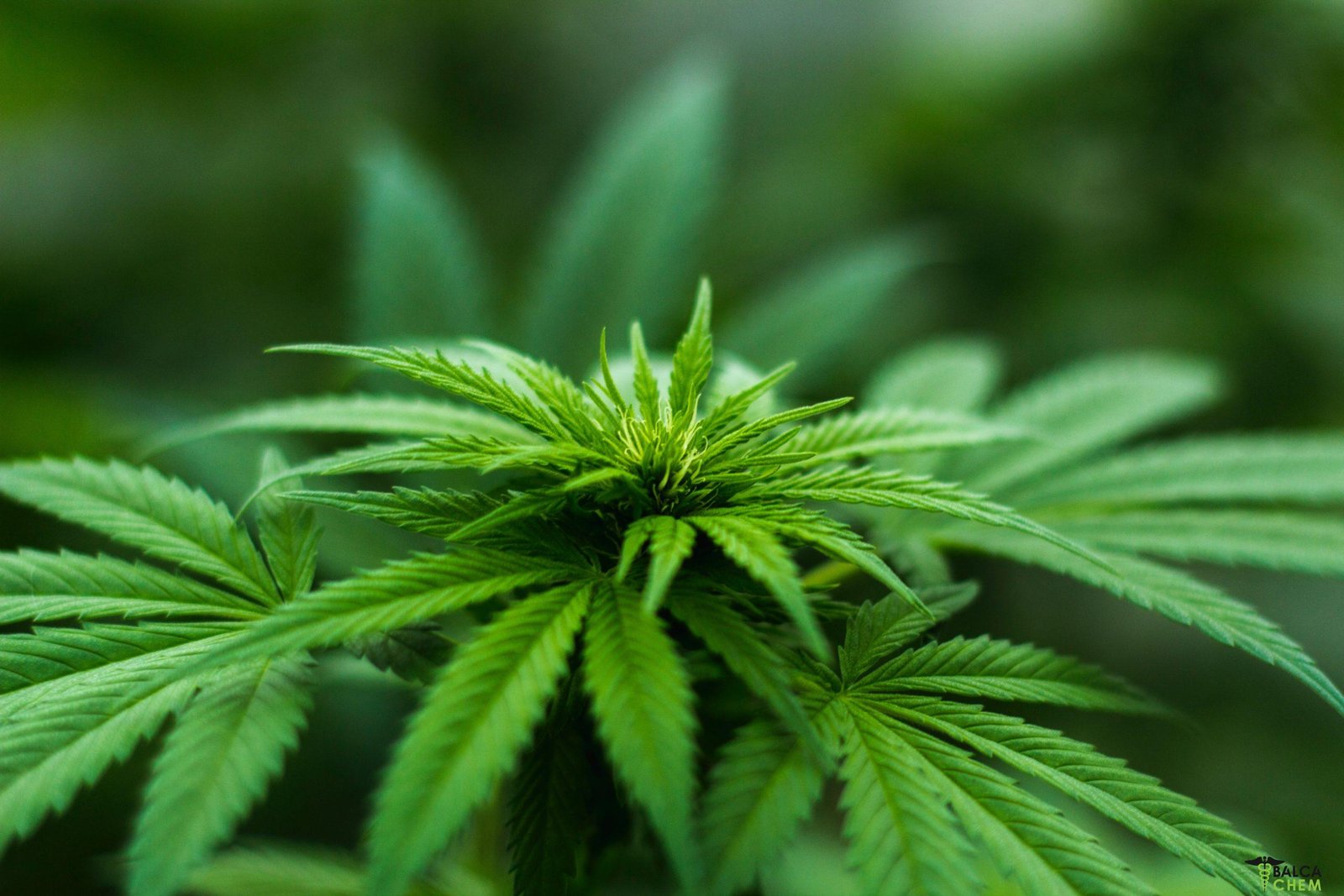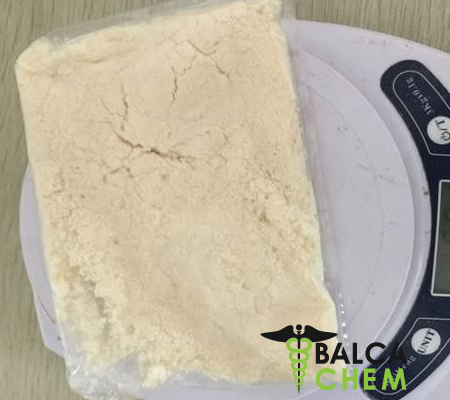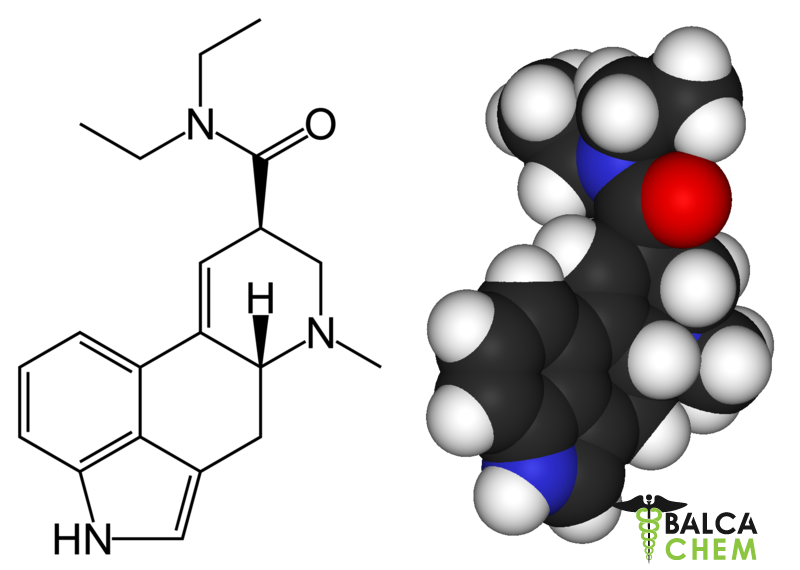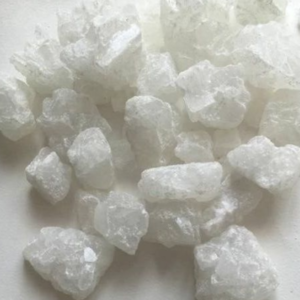Cannabinoids and inflammatory skin diseases
Cannabinoids and inflammatory skin diseases
The skin is the largest organ in the human body. Among the main functions of the skin is protected against external agents and it is the first defensive barrier of the innate immune system. Other important skin functions include regulating body temperature, maintaining hydroelectrolyte balance, and perceiving painful or pleasant stimuli. Any alteration in the functioning or appearance of the skin can have important consequences for physical and mental health. Many of the problems that occur in the skin are limited to it, but in some cases, the skin reveals a disorder that affects the entire body.
Drug Development in Dermatology
Almost 37% of primary care patients have an acute or chronic skin disease and it is surprising that the development of new drugs for the treatment of these pathologies, in particular, the diseases most commonly treated by dermatologists and non-dermatologists, it is surprisingly low compared to other pathologies. An important reason why few pharmaceutical companies develop drugs for dermatological diseases is that the economic performance of these drugs (especially topical products) is relatively small compared to the markets for drugs for other diseases (eg cardiovascular diseases) (Eaglstein and Corcoran, 2011). Buy CBD flower online
Another limitation to the development of drugs based on natural products including Cannabis sativa preparations is the impossibility, in most cases, of making adequate protection of intellectual property, which is essential to invest in the development of new drugs for any application. It is therefore not surprising that a large majority of skin diseases, especially inflammatory diseases, are treated with over-the-counter parapharmacy products and whose efficacy is not proven in most cases.
Cannabinoids in Dermatology
Topical use of Cannabis Sativa LIt dates back to ancient China, where cannabis preparations were used externally to treat skin rashes, ulcers, wounds, and hair loss. Equally, there is also archaeological evidence indicating that topical cannabis preparations were used by the Egyptians for eye conditions and also in wound dressings. Cannabis leaves were also used in medieval Arabic medicine to treat skin conditions such as pityriasis and lichen planus. In more modern times and at the beginning of the 20th century, before the prohibition period, cannabis tinctures were frequently sold in any pharmacy for the treatment of calluses, irritable bladder, menstrual pain and to stop opium addiction. among other applications. Buy marijuana online
The skin has all the elements of the endocannabinoid system, that is, endocannabinoid compounds (AEA and 2-AG), the metabotropic (CB1R and CB2R) and ionotropic receptors (TRPV-1) of cannabinoids and the enzymes involved in the synthesis and metabolism of endocannabinoids (eg FAAH and MAGL). The different elements of the endocannabinoid system are involved in key mechanisms of cutaneous regulation, such as control of epidermal growth and dermal annexes, cell survival, immune and inflammatory responses, the transmission of sensory stimuli to the Central Nervous System (pain, itching ) and lipid synthesis, among other activities.
Despite this long history of topical use of cannabis and advances in knowledge of the endocannabinoid system of the skin, research into the use of cannabinoids for skin pathologies is one of the youngest fields of research in this area and The clinical data on the use of cannabis in dermatological practice are extremely limited. However, there is increasing evidence of the potential of cannabinoids for the treatment of inflammatory skin diseases including psoriasis and atopic dermatitis, and for the treatment of autoimmune diseases such as scleroderma, which occurs with inflammation and fibrosis. Buy real marijuana online
Psoriasis
Psoriasis is one of the most common chronic inflammatory skin diseases characterized by hyperproliferation and desquamation of keratinocytes, by infiltration of T cells and neutrophils, and by activation of dendritic cells and macrophages. Although the pathogenesis of psoriasis is not fully understood, there is strong evidence that dysregulation of immune cells in the skin, particularly Th1 and Th17 cells, plays a critical role in the development of psoriasis.
Although there are currently only anecdotal results of the use of Cannabis sativa L preparations for topical use in psoriasis, the therapeutic possibilities of cannabinoids acting through CB2R and by mechanisms independent of classic cannabinoid receptors, are very broad due to their role in the regulation of Th1 and Th17 lymphocytes (Derakhshan and Kazemi, 2016). In addition, some phytocannabinoids have been shown to inhibit keratinocyte proliferation through independent pathways of CB1R and CB2R (Wilkinson and Williamson, 2007).
Atopic dermatitis
Atopic dermatitis (DA) is the most frequent chronic inflammatory disease of the skin, where the interactions of genetic, environmental, and immunological factors lead to its onset and progression. The clinical features of AD include dry skin due to loss of the epidermal barrier, erythema, oozing and crusting, and lichenification. Furthermore, AD presents with intense itching that leads to frequent scratching and staph infections. There is no cure for AD and the main goals of its treatment are to reduce symptoms (itching and dermatitis), prevent exacerbations, and minimize the risks of skin infections. Standard treatment modalities for the management of these patients focus on the use of topical anti-inflammatory corticosteroid preparations and skin hydration. Buy organic smart cart
Currently, there are numerous para pharmaceutical preparations based on Cannabis sativa L seed oil, especially hemp, for the treatment of AD. And despite the misleading advertising that often accompanies the marketing of this type of product, hemp seed oil does not contain cannabinoids or other bioactive phenolic compounds, so its therapeutic effect does not go beyond any other preparation that Contains polyunsaturated fatty acids that promote hydration of the skin.
However, based on preclinical studies, cannabinoids also have great potential for therapeutic management of AD (Ong PY, 2009; Wollenberg et al, 2014). In this sense, selective CB1R agonists inhibit mast cell activation and histamine release. Furthermore, the topical application of anandamide analogs attenuates skin inflammation in an animal model of DA (Kim et al, 2015). Other authors have suggested that the expression of CB1R in keratinocytes plays a relevant role in maintaining the epidermal barrier (Gaffal et al, 2014). Finally, selective CB2R agonists have also been reported to inhibit IgE-mediated inflammatory skin reaction and spontaneous pruritus in DA (Maekawa et al, 2006). Buy CBD cigarettes – regular
The antibacterial activity of Cannabis sativa preparations and phytocannabinoids has been a known fact for decades, although only more recently the antibacterial activity of cannabinoids THC, CBD, CBG and their precursors (acid forms) against staphylococci resistant to methicillin (Appendino et al, 2008).
About 100 cannabinoids and a good number of other bioactive compounds such as phenolics and terpenes have been identified in the plant, which also has important antioxidant and anti-inflammatory activities (Hanuš et al, 2016; Russo, 2011). Cannabinoids and the other types of compounds are thought to have synergistic effects between them, which would explain why some in vitro studies have obtained better results with plant extracts than with pure isolated compounds. Although the content of cannabinoids and other types of compounds is different depending on the variety of plants studied, it can be affirmed that cannabinoids have enormous potential for the treatment of AD due to their anti-inflammatory and antibacterial activities. Buy CBD cigarettes – menthol online
Cannabinoids and fibrotic skin diseases
Scleroderma or Systemic Sclerosis (SSc) is a rare autoimmune disease that involves three main features: fibroblast dysfunction leading to increased deposition of extracellular matrix proteins, small vessel vasculopathy resulting in tissue hypoxia, and immune response with production of proinflammatory cytokines and autoantibodies. SSc is characterized by progressive thickening and cutaneous fibrosis secondary to excessive accumulation of collagen, which can be limited to the skin (limited cutaneous SSc) or extend to internal organs (diffuse cutaneous SSc). SSc begins with microvascular injury and inflammation followed by fibroblast activation, a key event in the development of fibrosis.











